Table of Contents
Just over 40 years ago in 1978, China was not even in the top 8 economies of the world. Now, China is the largest one in terms of purchasing power parity and the second largest in the nominal GDP of the world. It is the most populous country with over 1.4 bn population and also the 3rd largest country by land.
China has one of the world’s top economies due to its massive manpower, thousands of hectares of land, proper utilization of resources, and political reforms. But the domination of the Chinese economy hasn’t started since yesterday. China was the largest economy in the world two thousand years ago. Today, we will dig deep into the history of the Chinese economy.
History Of Before 1912
The Chinese dynasty system started in the ancient period with the ruling of the legendary ‘Xia Dynasty’ in 2070 BC which lasted till 1600 BC. After that, a couple more dynasties ruled in China, including the Shang dynasty and the Western Zhou dynasty. During this dynastic period, most of the land was owned by the royal aristocracy.
The economy depended on agricultural crops like millet, rice, and wheat, which were cultivated mostly by controlled labor. The ruler provided animals for sacrifice and meat consumption. Handicraft industries like bronze, textile, and metal weapon production started at that time. They used spindle wheels to make textiles like silk for the aristocracy. Most of these businesses were owned and controlled by the government.
The Western Zhou dynasty collapsed in 771 BC and the ‘Spring and Autumn period’ started. Many large cities were formed at that time, which contributed significantly to the ancient Chinese economy. Large-scale started by transporting goods through states.
Crop producers have been taxed based on the amount of land they cultivated. After that, the ‘Warring States period’ started in 475 BC. During that time, state-owned foundries provided iron-made agricultural tools that escalated crop production and scaled up the economy. Political reform took place at that time which started allowing private ownership of land.
The early imperial era started with the ruling of ‘The Qin Dynasty’ in 221 BC. During that dynasty, China became the first centralized and unified Chinese state, having uniform standards of writing, weight measurement, wheel length, and currency to develop businesses. Much construction work was initiated at that time including the Great Wall of China, the Lingqu Canal, and approximately 4,250 miles of the road system.
In 206 BC, the ‘Qin Dynasty’ collapsed and the great ‘Han Dynasty’ started ruling which is considered the first ‘Golden Age’ of china. Wheelbarrows, paper, and seismographs have been invented during that era.
Besides, agricultural advancement, salt, iron, natural gas, and liquor trading contributed significantly to the economy. Large-scale foreign trade was started in that period by starting the famous ‘Silk Road’.
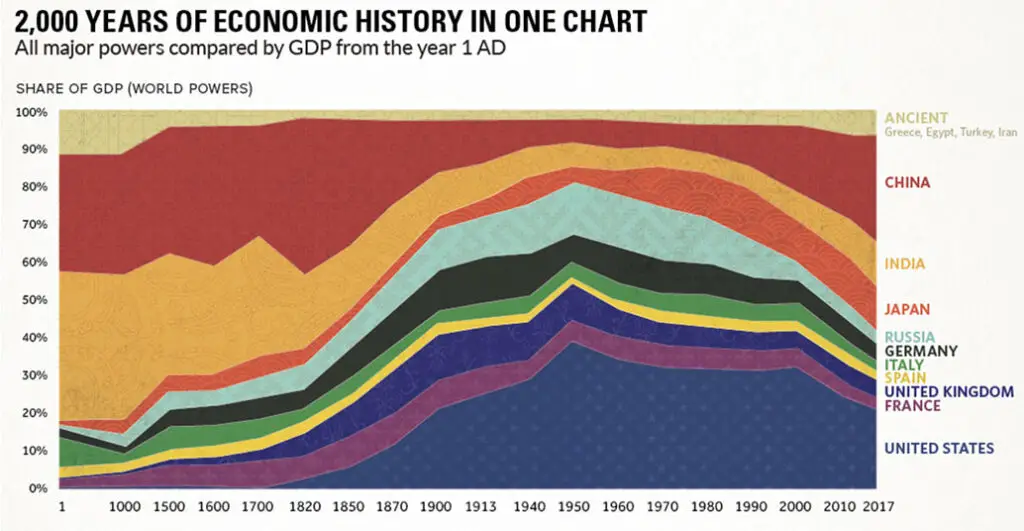
If we look at the graph, we can see that China was the largest economy in the world contributing a significant percentage of worldwide GDP almost two thousand years ago, when the ‘Han Dynasty’ was ruling there.
The Han Dynasty collapsed in 220 AD. From that time, a couple more dynasties ruled in china including the ‘Wei and Jin eras (also known as the three kingdoms period)’, the Jin dynasty, the Southern and Northern Dynasties, the Sui dynasty, the Tang dynasty, and the ‘Five Dynasties and Ten Kingdoms period’. During that period, the economy observed a lot of ups and downs.
During the late imperial era, a couple more dynasties ruled in china. In 960 AD, the great ‘song dynasty’ started ruling in China, which is considered the most prosperous period in Chinese history. New tools like the ‘water wheel’ increased agricultural productivity.
The government used advanced technology to mine resources. The merchant class became sophisticated and well-organized. Many privately owned businesses dominated that time. There were many family-owned businesses of oil presses, wine-making shops, and paper-making businesses.
After the collapse of the Song dynasty, the Yuan dynasty, the Ming dynasty and China’s last imperial dynasty, the Qing dynasty ruled in China starting from 1271 to 1912. During that period, technical advancement took place in both the agriculture and industrial sector. Salt, iron, sugar, porcelain, tea, vinegar, alcohol, and other industries flourished in china.
Foreign trade upscaled in Arabs, Persian, South Asians, and African countries. Guangzhou and Shanghai have become popular ports for foreign trade, especially with western countries. At the onset of the first industrial revolution in 1820, China accounted for approximately one-third of the world economy.
It was six times the size of the British economy, which was the largest in Europe, and 20 times that of the US at that time. But in the last quarter of the 19th century, due to the industrialization revolution that took place in Europe and the US, China’s contribution to the world economy fell below 20%.
Before the Revolution (1912-1949)
The provisional government of the Republic of China was formed in 1912. it was down to below 9% of the global GDP. From 1913 to 1927, China faced a lot of political instability, civil war, famine, d turmoil. However, in 1914 the demand for Chinese products increased after World War 1 started, which benefitted China’s domestic industries including the textile and bread industry.
China also received $1.5 bn FDI from Russia, Germany, and UK at the beginning of the 20th century. Tea, silk, sugar cane, tobacco, cotton, corn, and peanuts were some of China’s agricultural exports. China’s industries developed from 1927 to 1931. In 1932, China’s GDP was 28.8 bn. But the great depression of the 1930s hit the economy, and the GDP decreased to $23.7 bn in 1935.
The depression massively hit the rural economy of china. The importing of grains increased massively, which led to a decrease in the price of agricultural crops. Hence, the rural income had fallen.
In 1937, Japan invaded China, took control over productive regions, and by the systematic bombing of Chinese cities, destroyed the overall economy. The government took control over most of the privatized industries to fight the war.
In 1936, the government-owned industries covered only 15% of the GDP, while by 1942, 70% of the capital of Chinese industry was government-owned. By 1946, most of the Chinese industry was operating with only 20% capacity and 25% of output being provided compared to pre-war production.
After the major warfare ended, the modern “People’s republic of China” or communist China was formed by the communist leader ‘Mao Zedong’ in 1949.
Communism and Beyond (1949-1978)
The primary goal of the new government was to restore the economy through industrialization, improve the living standard and decrease the income differences as well as production of modern military weapons. But, things didn’t improve much even after the communist revolution.
China primarily followed the soviet communist model of a centrally planned totalitarian economy. In the early years of socialism, the government swiftly nationalized most of the financial sector followed by the previously state-owned enterprises and much of the privately owned businesses, along with the transportation sector.
The banking system was nationalized under the ‘People’s Bank of China.’ The soviet system of economic development was incorporated with the ‘First Five-Year Plan (1953–57)’ of china, concentrating on developing heavy industry and capital-intensive technology including iron and steel manufacturing, coal mining, cement production, electricity generation, and machine building.
Industrial production increased by an average of 19% between 1952-57 and national income grew by 9% a year. By 1956, 67.5% of the modern industrial enterprises were state-owned, and 32.5% were public-private owned.
There were no privately owned enterprises at that time in China. Agriculture also underwent a socialist reformation in that most farms became collective units without private ownership. Around 93.5% of all agricultural families had joined advanced producers’ cooperatives by 1957.
But there was an imbalance between industrial and agricultural growth, dissatisfaction with inefficiency, and a lack of flexibility in the decision-making process. Mao Zedong realized that the highly centralized and industry-based soviet model is not compatible with China.
That’s why, in the 2nd five-year plan (1958–62), the government ran an economic and social campaign known as ‘the great leap forward. In which, the government employed the whole population in every sector of the economy to generate massive production. The government focused more on agricultural solvency and used extensive irrigation and water-controlled farming systems.
They also employed a surplus rural workforce in thousands of low-tech equipment production factories to use them in agriculture and rural industries. The campaign was successful in the first year.
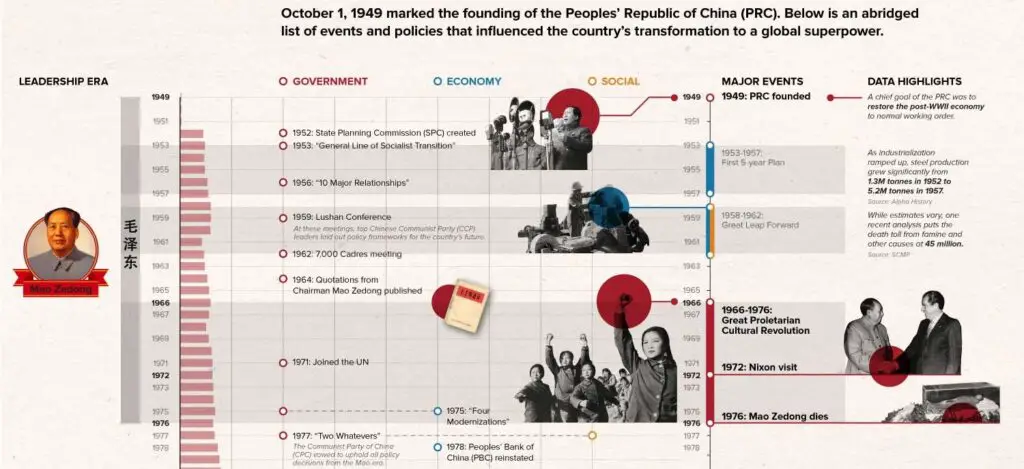
In 1958, industrial output rose by 55%, while agricultural production also rose significantly. But in the next 2-3 years, the agricultural output decreases drastically for unfavorable weather conditions, poorly built water control projects, and resource misallocations.
The agricultural output dropped by 14% and 13% in 1959 and 1960. Famine breaks out and the death rate also climbed up at that time. Almost 14 million people died of starvation. Industrial output also decreased by 38% in 1961 and 16% in 1962.
Although, during the next couple of years, the government made some changes in policy to restore the economy. Which includes decentralization of production decision-making and the first priority given to agriculture before light and heavy industry.
The agricultural land ownership was given back to the people. High value was provided for crops whereas the prices of pesticides and agricultural tools were kept low. New tech like electric water pumps was used in many places. From 1961 to 1966, the output of agriculture grew by an average of 9.6% per year and industrial output also grew by an average of 10.6%.
In 1966, Mao Zedong launched a violent socio-political movement to protect Chinese communism by eradicating traditional and capitalist aspects of Chinese society. The movement lasted from 1976 till his death.
The movement caused severe damage mostly to urban non-agricultural productivity due to the political activity of students and workers in mines as well as factories and also to the shortage of transportation.
From 1976 to 1978, the economy recovered quickly. Industrial output increased by 14% in 1977 and 13% in 1978. But, The state directed and controlled a huge portion of the country’s economic output, setting production objectives, controlling prices, and allocating resources throughout the majority of the economy.
Even almost 3 decades after the communist revolution in 1949, China’s economy was still a fraction compared to its historic significance.
Economic Reforms and the Modern Economy (1978 onwards)
The supreme leader of the Chinese communist party, ‘Deng Xiaoping’ came to power in December 1978. He was a victim of Mao’s Cultural Revolution policy. So, he understood the faults in the current policy and reversed Mao’s policy. At that time, Asian industrial powers such as Japan, South Korea, Singapore, Taiwan, and Hong Kong were competing with US and European modern technology, whereas, China was struggling with basic needs like food, clothing, and housing.
1978 is when the economy started to turn. From that year, under the leadership of Deng Xiaoping, China began the reformation of its economic system, in which they didn’t fully eliminate ‘communism’, but rather implement some sort of ‘market mechanisms’ by reducing the government’s control.
This period initially started with the partial privatization of agricultural land, in the sense that instead of transferring ownership of land to individuals, usage rights were privatized and the exchange of these usage rights was allowed.
Farmers were given price and ownership incentives by the central government, allowing them to sell a portion of their harvests on the open market.
As a consequence, farmers were motivated, cultivated lots of crops, and sold extra harvests in the market and China became a ‘food surplus’ country. This led to major growth in the agricultural sector during the early period of reformation. Agricultural production increased by over 22% in 1979.
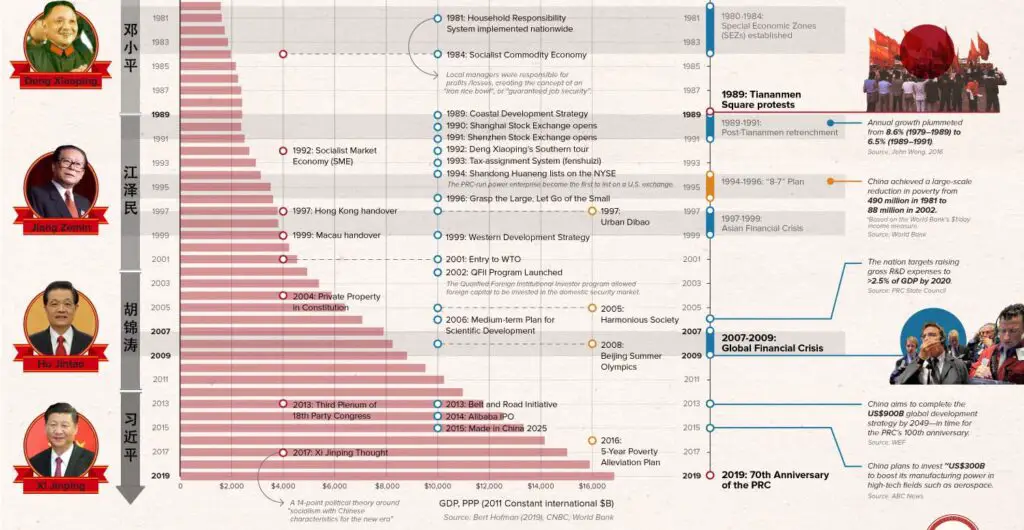
For the first time, private businesses were allowed to start operations and price flexibility was increased as well. An SNA (System of National Accounting) was adopted by China’s State Council in 1985, with GDP serving as the primary indicator.
The government also encouraged collective ownership of industrial and service enterprises to fully utilize the unused workforce and increase the productivity of light industrial products. Individual small businesses also started emerging once again including cobblers, tailors, tinkers, and vendors in urban cities.
In 1985, 17% of the workforce was employed in the industry including textile mills, steel mills, chemical fertilizer plants, petrochemical facilities, and some light industry-made consumer goods, which contributed 46% of GNP.
Whereas, the agricultural sector employed 63% of the workforce which contributed 33% of GNP. Notable agricultural crops were rice, wheat, corn, sorghum, barley, millet, cotton, jute, oilseeds, timber, sugarcane, and sugar beets.
Pork, Poultry, ships, and goats are some livestock that contributed to the economy. Besides that, China was also blessed with natural resources including coal, petroleum, and natural gases. By 1987, China significantly stepped up in achieving modernization and improved living standards.
A major goal of the reform was to open foreign trade. The government actively legalized direct negotiation with foreign firms and renovated policies for trading and credit management to ease international exports.
More coastal cities and regions have been classified as open cities and development zones, allowing them to experiment with free-market reforms and give tax and trade advantages to attract international investment.
Dalian, Tianjin, Shanghai, and Guangzhou become China’s major commercial centers and economic networks for foreign trade. Price control imposed by the government on a wide range of products was gradually phased out.
Textile, petroleum, foodstuff, machinery, transport equipment, manufactured goods, and chemicals were the most important exports at that time. In 1969, the combined value of exports and imports was around 15% of national income, which rose by 35% in 1986. Which eventually led to the legalization of the private sector in the early 1990s.
Two stock exchanges, Shanghai and Shenzhen, were formally opened for business in 1990. From then, the Chinese economy started growing at a rapid pace. In 1992, during a ‘Chinese new year’ visit to southern China, Deng Xiaoping announced a series of policies to boost economic reform as well as the ‘10-year development plan for the 1990s’.
The main objective of the government was to form a ‘socialist market economy. In 1996, the Chinese economy grew at around 9.5%. In the next 3 years, China’s economic growth reduced slightly due to the Asian financial crisis. FDI and exports also slowed down.
The inefficiency and losses reported by China’s state-owned businesses exceeded 50 percent. However, massive amounts of cash were stashed at China’s central bank, and the country’s currency was not readily convertible.
As a result, it was largely immune to the regional crisis, and its decision not to weaken the currency had been a key stabilizing factor for China. In 1990, China’s GDP per capita was only $982, but In 1999, with 1.25 bn people, per capita GDP rose to $2653. (according to current international dollar standard) And China became the 2nd largest economy in the world, after the US.
Deng Xiaoping Died in 1997 but his selected inheritors Jiang Zemin and Zhu Rongji continued the reform. During 1997-98, large-scale privatizations took place. During the first half of the 2000s, the number of state-owned enterprises decreased by 48%. But the government still held state monopolies in some sectors such as power, petroleum, telecommunication, and aviation and employed the Chinese army to military-run businesses.
China reduced tariffs, trade barriers, and regulations for businesses and joined the WTO in 2001. China’s economic growth was the highest in the world at that time, with about an average of 10% from 1990 to 2004. In 2005, the private sector surpassed 50% contribution to GDP. In 2006, China’s overall trade topped $1.76 trillion, making it the world’s third-largest trading nation behind the US and Germany.
Ever since then, the economic growth of China has been increasing rapidly. With lower labor costs, China has become a major manufacturing hub for giant corporations. In the 2000s, China became the world leader in electronics product manufacturing.
In addition, China continues to focus on the skilled workforce as well as infrastructure development through technical education. As a result, innovative companies like Lenovo, Hier, Huawei, etc., started to form and disrupt the world’s tech industry.
In addition, e-commerce-based companies like Alibaba, Baidu, Tencent, and JD in China are competing with the tech giants in the USA. At present, China has shifted to heavy machinery and high-tech industries. In 2018, Tesla CEO Elon Musk signed an agreement with the Shanghai regional government to set up the company’s third giga factory in China.
Moreover, China is producing fighter jets, airplanes, rockets, railways, and other high-tech heavy industrial items. In 2019, China spent & 300 billion on R&D, or about 2.2 percent of GDP. Recently, China contributes about 20 percent of global R&D investment.
In 2019, China accounted for 28.7 percent of global manufacturing production. Even at the time of the Corona epidemic, China adopted the highest foreign investment in 2020. According to Statista, China’s GDP in 2020 was about 15 (14.6) trillion dollars, which is expected to reach 17 (16.86) trillion in 2021, making China the world’s second-largest economy after the USA.

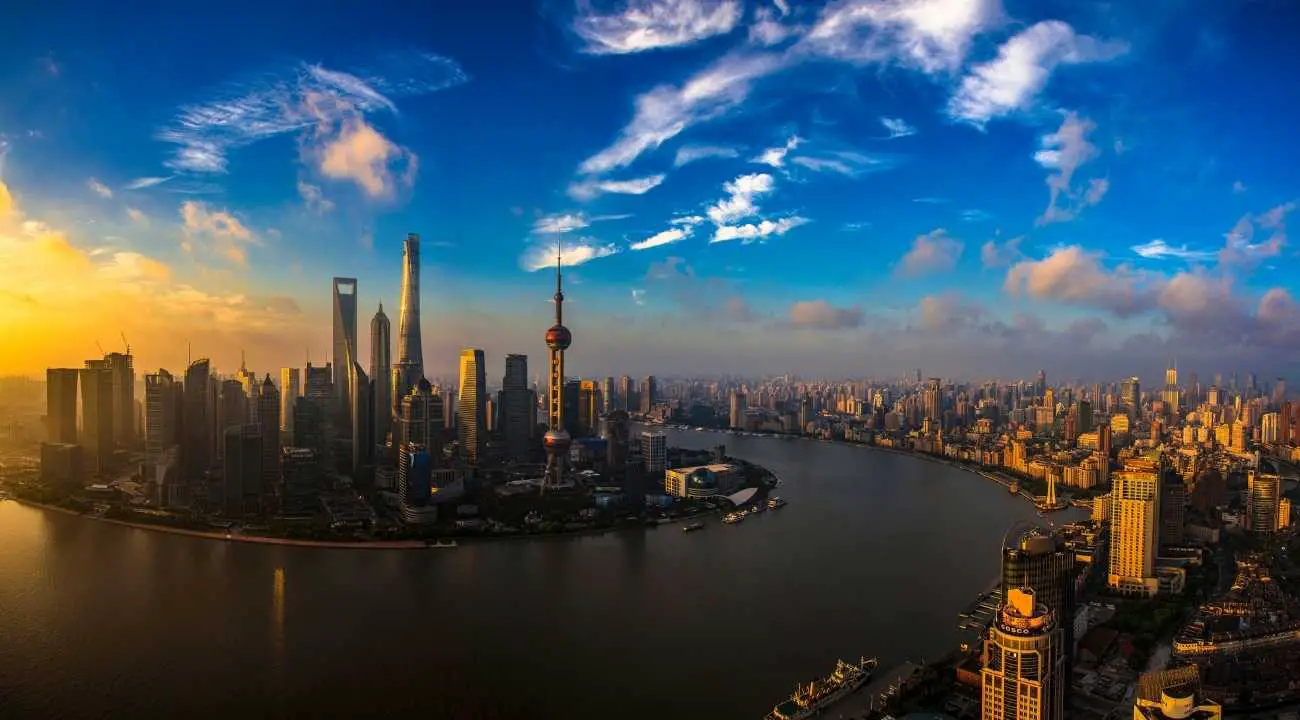


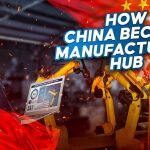





Leave a Comment